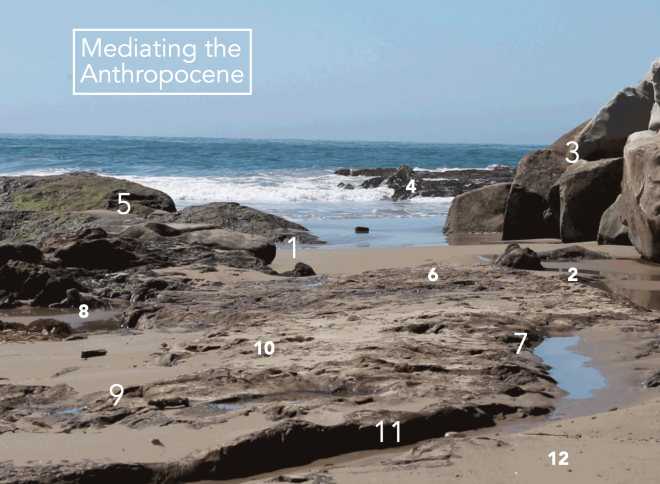
The new issue of Cinephile, the University of British Columbia’s film and media journal, is just out. The theme of the issue is “(Un)Recovering the Future,” and it’s all about nostalgia, malaise, history, and (endangered) futurities.
In this context, I am happy to have contributed a piece called “Artificial Imagination” on the relation between AI and (visual) imagination. The essay lays some of the groundwork for a larger exploration of AI and its significance for aesthetics in both broad and narrow senses of the word. It follows from the emphasis on embodiment in my essay “From Sublime Awe to Abject Cringe: On the Embodied Processing of AI Art,” recently published in Journal of Visual Culture, as part of a larger book project tentatively called Art & Artificiality, or: What AI Means for Aesthetics.
Thanks very much to editors Will Riley and Liam Riley for the invitation to contribute to this issue!










